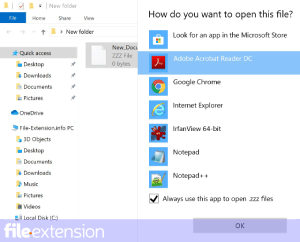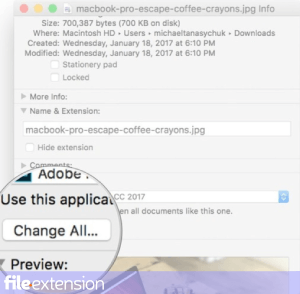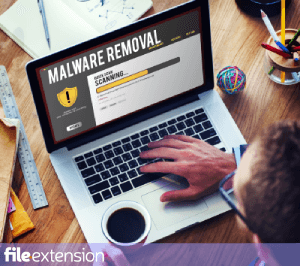
TUI File Extension
NI LabWindows User Interface
-
DeveloperNational Instruments Corporation
-
Category
-
Popularity4.5 (2 votes)
What is TUI file?
TUI is a file extension commonly associated with NI LabWindows User Interface files. NI LabWindows User Interface specification was created by National Instruments Corporation. TUI file format is compatible with software that can be installed on system platform. TUI file belongs to the Settings Files category just like 1305 other filename extensions listed in our database. LabWindows is by far the most used program for working with TUI files. Software named LabWindows was created by National Instruments Corporation. In order to find more detailed information on the software and TUI files, check the developer’s official website.
Programs which support TUI file extension
TUI files can be encountered on all system platforms, including mobile, yet there is no guarantee each will properly support such files.
How to open file with TUI extension?
Problems with accessing TUI may be due to various reasons. What is important, all common issues related to files with TUI extension can be resolved by the users themselves. The process is quick and doesn’t involve an IT expert. The list below will guide you through the process of addressing the encountered problem.
Step 1. Install LabWindows software
 Problems with opening and working with TUI files are most probably having to do with no proper software compatible with TUI files being present on your machine. The solution is straightforward, just download and install LabWindows. Above you will find a complete listing of programs that support TUI files, classified according to system platforms for which they are available. The safest method of downloading LabWindows installed is by going to developer’s website (National Instruments Corporation) and downloading the software using provided links.
Problems with opening and working with TUI files are most probably having to do with no proper software compatible with TUI files being present on your machine. The solution is straightforward, just download and install LabWindows. Above you will find a complete listing of programs that support TUI files, classified according to system platforms for which they are available. The safest method of downloading LabWindows installed is by going to developer’s website (National Instruments Corporation) and downloading the software using provided links.
Step 2. Check the version of LabWindows and update if needed
 You still cannot access TUI files although LabWindows is installed on your system? Make sure that the software is up to date. Sometimes software developers introduce new formats in place of that already supports along with newer versions of their applications. The reason that LabWindows cannot handle files with TUI may be that the software is outdated. The latest version of LabWindows should support all file formats that where compatible with older versions of the software.
You still cannot access TUI files although LabWindows is installed on your system? Make sure that the software is up to date. Sometimes software developers introduce new formats in place of that already supports along with newer versions of their applications. The reason that LabWindows cannot handle files with TUI may be that the software is outdated. The latest version of LabWindows should support all file formats that where compatible with older versions of the software.
Step 3. Associate NI LabWindows User Interface files with LabWindows
After installing LabWindows (the most recent version) make sure that it is set as the default application to open TUI files. The next step should pose no problems. The procedure is straightforward and largely system-independent

Change the default application in Windows
- Right-click the TUI file and choose option
- Select
- To finalize the process, select entry and using the file explorer select the LabWindows installation folder. Confirm by checking Always use this app to open TUI files box and clicking button.

Change the default application in Mac OS
- By clicking right mouse button on the selected TUI file open the file menu and choose
- Find the option – click the title if its hidden
- Select LabWindows and click
- If you followed the previous steps a message should appear: This change will be applied to all files with TUI extension. Next, click the button to finalize the process.
Step 4. Verify that the TUI is not faulty
If you followed the instructions form the previous steps yet the issue is still not solved, you should verify the TUI file in question. Problems with opening the file may arise due to various reasons.

1. Check the TUI file for viruses or malware
If the TUI is indeed infected, it is possible that the malware is blocking it from opening. It is advised to scan the system for viruses and malware as soon as possible or use an online antivirus scanner. If the TUI file is indeed infected follow the instructions below.
2. Check whether the file is corrupted or damaged
Did you receive the TUI file in question from a different person? Ask him/her to send it one more time. During the copy process of the file errors may occurred rendering the file incomplete or corrupted. This could be the source of encountered problems with the file. If the TUI file has been downloaded from the internet only partially, try to redownload it.
3. Ensure that you have appropriate access rights
There is a possibility that the file in question can only be accessed by users with sufficient system privileges. Log out of your current account and log in to an account with sufficient access privileges. Then open the NI LabWindows User Interface file.
4. Make sure that the system has sufficient resources to run LabWindows
If the systems has insufficient resources to open TUI files, try closing all currently running applications and try again.
5. Ensure that you have the latest drivers and system updates and patches installed
Up-to-date system and drivers not only makes your computer more secure, but also may solve problems with NI LabWindows User Interface file. Outdated drivers or software may have caused the inability to use a peripheral device needed to handle TUI files.
Do you want to help?
If you have additional information about the TUI file, we will be grateful if you share it with our users. To do this, use the form here and send us your information on TUI file.

 Windows
Windows 
